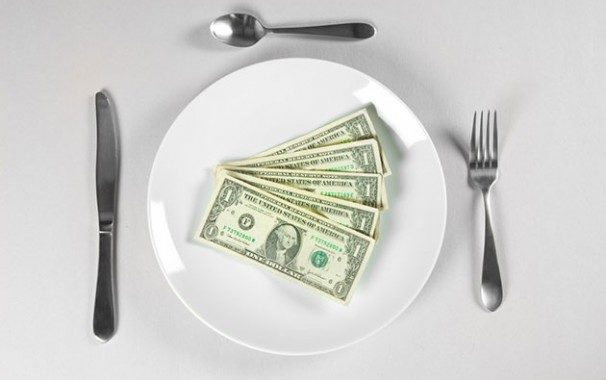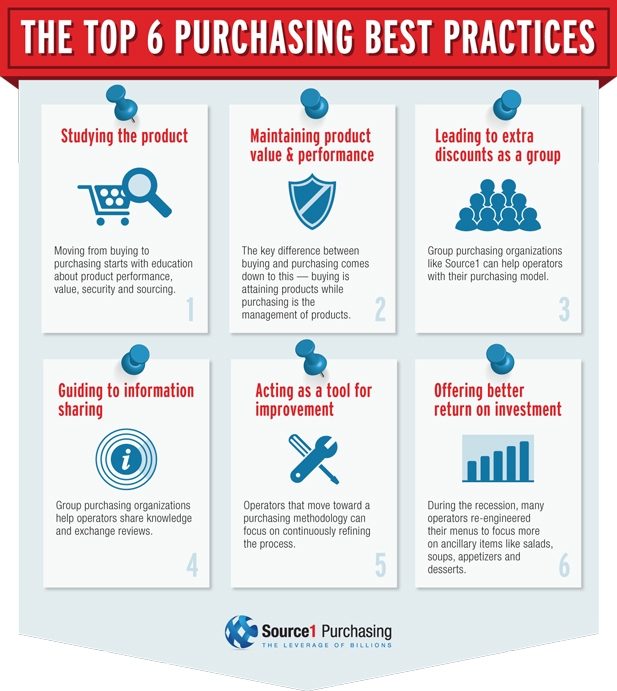Tips for Lowering Food Purchasing Costs
From upgrading computer systems to equipment maintenance, restaurant costs have a tendency to add up quickly. So, what is the best way to supply a kitchen with the freshest, most delicious and most sustainable ingredients at the lowest cost?
Begin with your delivery area. Meet with your vendors and ask each one to build current order guides listing only the product that you purchase from them. Create a spreadsheet of these items for your ordering manager. Include the amount of the item that should be on the shelf, in the kitchen, and in the front of the house. This will help to prevent ordering more than you need.
Keep your inventory tight. Hang inventory sheets on a clipboard in a specified area. When the delivery person brings in the product, your manager can take this clipboard and check the inventory order sheet against the invoice, to insure that all of the correct product has been delivered, prices are accurate and that you are getting exactly what you are paying for.
Keep an industrial foodservice floor scale in your kitchen prep area to weigh in any product you buy by the pound. Weighing deliveries can potentially save you thousands of dollars on lost product.
Make sure your meats, seafood and other most expensive products are delivered as early as possible. These costly items should only be checked in by your GM or kitchen manager for freshness.
Establish a standard delivery time. You should stress to your salesperson that not delivering your shipment within your specified delivery times will result in loss of business for them. Setting specified delivery times emphasizes the importance of receiving product to both your delivery person and to your management staff.
Many of the reasons that restaurant costs can increase are that simple procedures get overlooked. It’s important to utilize restaurant-wide, cost-insurable standards across to help reduce your purchasing costs. Source1 Purchasing is a leading strategic supply chain management group focused on cost management, savings and operational efficiencies for your industry. To learn more about the Source1 Program and how it can benefit your business, visit our website at www.Source1Purchasing.com.












